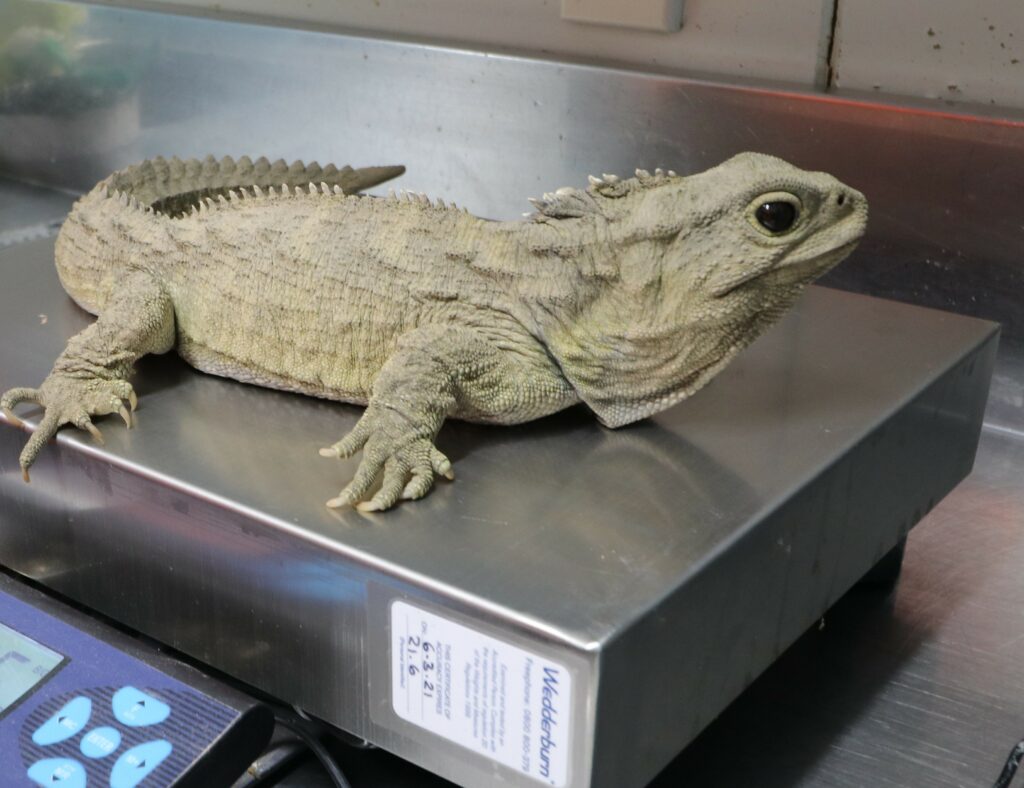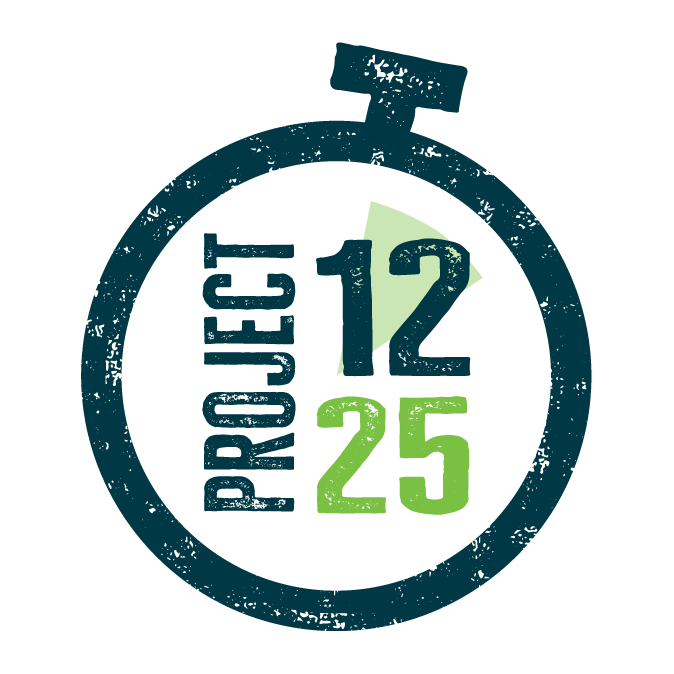Plunket checks are a regular part of life for many Kiwi babies – and for Invercargill’s taonga tuatara, too.
The city has long been home to a group of tuatara, ranging from juveniles to perhaps Invercargill’s most famous resident of all, Henry: the oldest member of our tuatara population. While his exact age is unknown, he is somewhere between 100 and 150 years old.
Invercargill City Council Manager Parks and Recreation Caroline Rain said tuatara had just received their six-monthly health checks – known around the office as their ‘Plunket checks’ – with all being given a clean bill of health by the team’s specialist Living Species Officers.
“The Parks team takes an immense amount of pride in its role as kaitiaki of the tuatara. They are such a treasured part of Invercargill, and for the tuatara to continue to flourish, their health is paramount,” Rain said.
The tuatara were previously housed at the Southland Museum and Art Gallery, but they were moved to a temporary, safe location while the museum rebuild project progresses. Project 1225 – which includes the rebuild of Invercargill’s museum, and a specialist collection storage facility at Tisbury – will also see a brand-new, specialist enclosure for the tuatara built within the Queens Park animal reserve.
The facility had been designed by Christchurch-based firm Studio 4, which had experience designing specialist enclosures, including the Great Ape Centre at Orana Park. The tuatara enclosure is scheduled for completion in mid-2024, and the tuatara are likely to need a settling-in period when they move into their new home. Council was working with other tuatara facilities throughout New Zealand to better understand best practice around thisRain said.
“We are working closely with iwi – Ngāti Koata, Te Atiawa, and Ngāi Tahu – as well as Wellington Zoo and the Tuatara Recovery Group, led by the Department of Conservation, y to develop not only a best-for-species enclosure, but updated husbandry guidelines around the ongoing care of our tuatara as well,” she said.
Living Species Officer Jessey Beattie-Mackey said working with the tuatara was a real highlight of the role.
“If you love animals, it’s an amazing job. I’ve heard it called one of the greatest jobs in Invercargill, and I would agree. Being able to work with so many different species of animals and birds is incredible,” she said.
“The tuatara may not be as active as some of the other animals we care for, but looking after such an ancient species – including our local celebrity, Henry – is an amazing opportunity. It really is the cherry on top of a pretty epic job.”
While visual checks were performed on the tuatara frequently throughout the year, the health checks were a more hands-on, extensive examination, she said.
First the tuatara had to be caught and placed in a plastic container to transport them – “the tub is safer than just carrying them on your arm, in case they decide to make a run for it”, Beattie-Mackey said.
Each tuatara then had its microchip checked, before their weight and measurements were taken: from snout to vent, vent to tail, and finally any regeneration of the trail, if they had previously lost some.
“Taking their measurements is actually the most challenging part of the whole process. Their bodies have to be straight and extended throughout, and some of them are quite big and difficult to hold like that. Often, you’ll finally get them positioned just right, only for them to start doing a little bit of a dance while you’ve got the ruler out. If they start squirming around, you’ve got to stop, let them relax, and start all over again.”
While measurements were taken, the tuatara were given a once-over for any wounds or injuries – any found were treated with a gentle cleanser – before they were given a light rinse of water, to help remove any shedding that hadn’t come off on its own, and returned to the entrance of their burrows, Beattie-Mackey said.
Once built, visitors to the new tuatara enclosure would be able to walk around the exterior, to view inside the facility. The building will include space for a bug station, hospital pen, and working areas for the Living Species Officers, as well as a public viewing window where visitors will be able to watch the health checks in the future.
For images and further information, click here.

